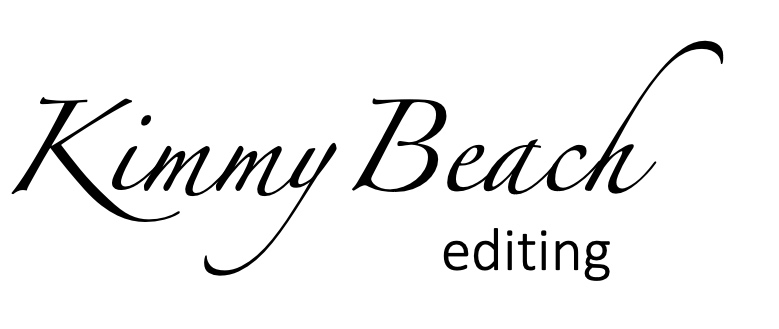Are you protecting your characters?
Some years back (2013? 2014? I dunno. Time is meaningless right now), I hired the fantastic Gail Anderson-Dargatz to evaluate what would become my novel, Nuala: A Fable (UAP, 2017). Aside from being a great gal and a terrific editor (and writer!), she’s also incredible at pinpointing what was holding me back in my self-editing on that book. I had had excellent first readers and a couple of mentors on the book prior to that (Peter Midgley and Don McKay), and they all gave me astoundingly good advice.
What Gail noted was that I was protecting Nuala, the protagonist (who’s also a giant puppet come to life). I wasn’t allowing her to be the spoiled, hateful giant shit she turned out to be. Gail said that what we sometimes do as fiction writers (or memoirists) is make sure our characters are safe and likeable, when they’re often not looking to be those things.
Sorry not sorry, Oprah, but I hate the phrase, “lightbulb moment.” VAPID. I prefer “cast iron frying pan to the head.”
It was the truth. I kept Nuala innocent and sweet and the book was not working. Gail said, “you’re protecting her. We don’t want to hurt our characters, we don’t want them to go through hard shit, and we particularly don’t want them to be anything less than totally likeable.”
She was, of course, totally right. That’s not how life works, and it’s certainly not how good fiction works in a lot of cases. I re-read American Psycho to remind myself of the most well-drawn monster I’ve ever read. There is nothing likeable about Patrick Bateman, but we believe in him utterly as a character.
Once I realized that Nuala had to be a character with the ability to hurt and betray others in the most vicious of ways, the book became what it is today. I’m so grateful for all my mentors and editors, and their clarity of seeing what I couldn’t. By the time the book arrived in South Africa and landed in the hands of my brilliant editor, Helen Moffett, Nuala was who she needed to be: a spoiled brat that one would like (in the words of Peter Midgley) to “duct tape to the wall.”
~~
Recently, I worked with an author who was turning his childhood story of abuse into a novel. He told me that he’d taken the manuscript to a writing workshop and all of the participants “hated” the character based on his mother. He’d inserted a lot of detail about why she was the way she was. I advised him to junk all that. I told him, “we don’t have to like her. We have to believe in her.” The narrative popped once the author got out of his own way, and allowed the mother character to be bloody awful but fully-formed and well-written.
Are you coddling your characters? Or are you letting them be flawed like every human (and giant puppet)? In your next self-editing round (fiction or non-fiction), ask yourself if you’re guarding your characters from who you imagine your reader will be. If so, step back and ask yourself why. If it’s because you’re worried that your reader won’t like the characters if they’re flawed, that’s not strong enough. If your characters are jerks, let them be jerks. Just make sure they’re well-written jerks.

